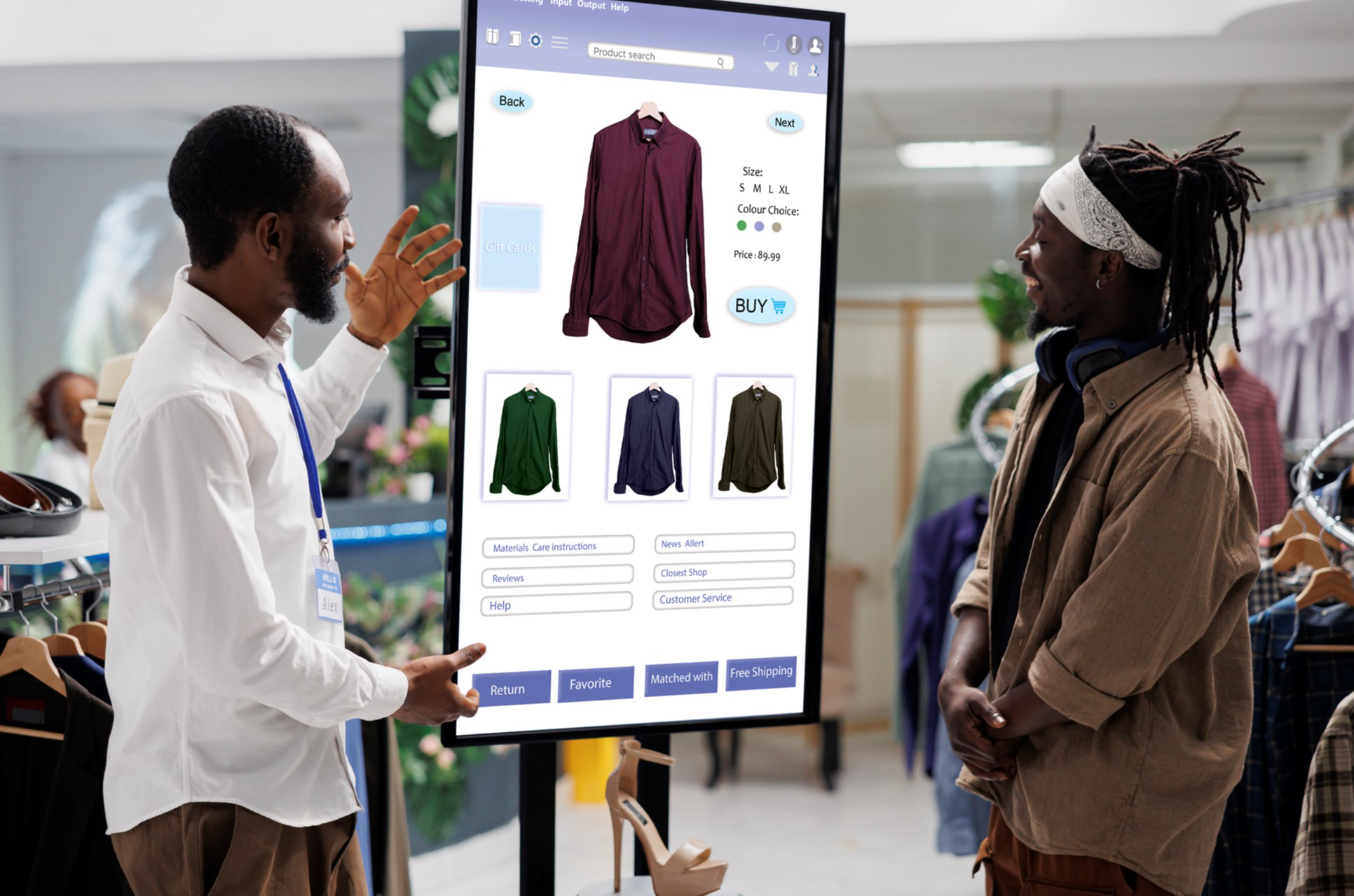
E-commerce, or electronic commerce, refers to the buying and selling of goods and services over the internet. This digital marketplace has transformed traditional retail, offering numerous advantages alongside some challenges. Simply put, e-commerce involves searching for goods online, placing an order (which might be delivered by a bodaboda rider), and paying for the service or product using platforms like M-Pesa.
That said, E-commerce today has evolved into an amalgamation of its rich history and cutting-edge technological advancements. AI-driven personalization, augmented reality shopping experiences, and drone deliveries are not just concepts but emerging realities. Moreover, direct-to-consumer brands, bypassing traditional retail channels, are redefining product creation, marketing, and distribution.
Scope and Importance
E-commerce has a vast scope, encompassing various types of transactions such as Business-to-Business (B2B), Business-to-Consumer (B2C), Consumer-to-Consumer (C2C), and Business-to-Government (B2G). It allows businesses to reach a global audience, breaking geographical barriers and providing consumers with a wider range of products and services.
Advantages
- Convenience: E-commerce enables shopping from anywhere at any time, making it highly convenient for consumers.
- Variety: Online stores offer a vast array of products, often more than physical stores.
- Price Comparison: Consumers can easily compare prices across different websites to find the best deals.
- Lower Costs: For businesses, e-commerce reduces the need for physical stores, lowering overhead costs
Challenges
- Security: Ensuring the security of online transactions is crucial to protect consumer data.
- Logistics: Efficient delivery systems are essential to meet customer expectations.
- Competition: The online marketplace is highly competitive, requiring businesses to continuously innovate
Future E-commerce Trends
As we stand at the forefront of a new era, we see the continuous integration of technology – from blockchain-securing transactions to the Internet of Things (IoT) reshaping how consumers interact with products. With E-Commerce Analysis tools readily available to businesses and digital shelf analytics in e-commerce growing in prominence, there’s so much more we know and can do with this data today.
The once-clear boundaries of E-Commerce Analysis are now fluid, encompassing every touchpoint of our digital lives.
The future of e-commerce is set to be shaped by several exciting trends. Here are some key ones to watch out for:
- Augmented Reality (AR) Shopping: AR technology allows customers to visualize products in their real-world environment before making a purchase. This trend is expected to grow, providing more immersive shopping experiences. This literally means seated somewhere in your lounge you will have a 3D view of a product before you make a decision of whether or not to buy.
- AI-Driven Personalization: Artificial intelligence will continue to enhance personalization in e-commerce. From tailored product recommendations to customized marketing messages, AI will help create more individualized shopping experiences
- Social Commerce: Platforms like Instagram, TikTok, and Facebook are becoming integral to the shopping experience. Social commerce leverages these platforms to facilitate direct purchases, making shopping more interactive and engaging. If you are not on social media today, you may struggle to be relevant.
- Sustainability: Consumers are increasingly prioritizing eco-friendly practices. E-commerce businesses are expected to adopt more sustainable practices, such as eco-friendly packaging and carbon-neutral shipping.
- Voice Commerce: With the rise of smart speakers and voice assistants, voice-activated shopping is becoming more popular. This trend allows consumers to make purchases using voice.
- Blockchain for Supply Chain Transparency: Blockchain technology can enhance transparency and security in the supply chain. This can help build trust with consumers by providing detailed information about product origins and shipping processes
- Mobile Commerce: The use of mobile devices for shopping continues to rise. E-commerce platforms are optimizing their mobile experiences to cater to this growing trend
Conclusion
E-commerce has revolutionized the way we shop, offering unparalleled convenience and variety. While it presents some challenges, the benefits far outweigh the drawbacks, making it an integral part of modern commerce. Any business today that is not in love with e-commerce is unlikely to celebrate the next five birthdays.
